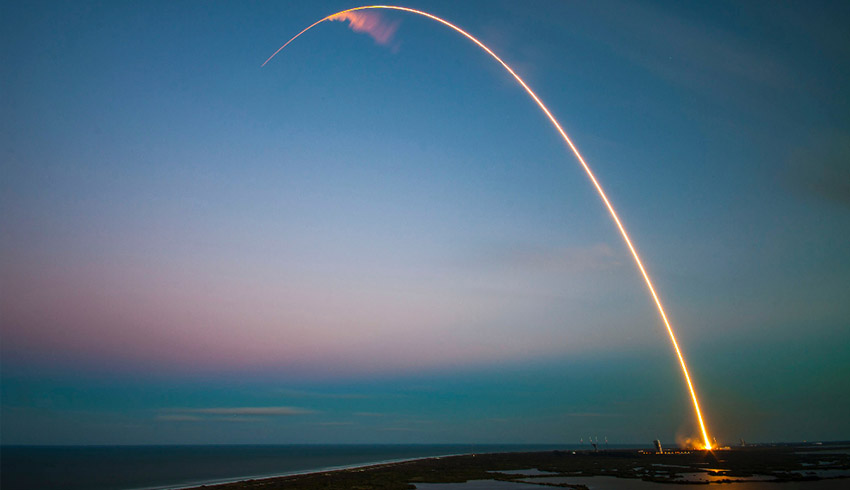
To fund this expansion, HawkEye has raised another US$70 million in series B financing, the company announced at the Small Satellite Conference in Utah this week.
HawkEye chief executive John Serafini told SpaceNews that this US$70 million, plus more than US$30 million raised earlier, gave them plenty of funding for construction and launch of their constellation of six satellite clusters.
Each cluster comprises three satellites in formation, allowing them to geolocate the origin of RF signals.
In the US venture capital market, far more mature than Australia, acquiring series B financing is regarded as an important threshold for a start-up.
HawkEye 360 launched its first satellite cluster last December and rolled out its first RF signal mapping product, RFGeo, in April. That’s designed to identify and geolocate maritime radio signals, emergency distress beacons and vessel automatic identification system (AIS) signals.
This is the same service Kleos plans to provide. It intended to launch the first four satellites, the Kleos Scouting Mission, aboard the next Rocket Lab launch from new Zealand but that’s now been deferred to October.
Kleos, based in Luxembourg and listed on the Australian Securities Exchange, eventually plans a constellation of 20 satellites providing global monitoring of maritime radio frequencies. That allows precise location of ships, even those not using AIS.
Government agencies can use that information to enhance border and maritime security and safety. It’s also of great interest to port operators and the insurance sector.
After its launch next year, HawkEye plans to rapidly build and launch four more clusters.
The series B funding round attracted new investors Airbus and Esri as well as additional funding from existing investors.
Evert Dudok, Airbus Defence and Space executive vice president of communication, intelligence and security, said analytics from space was a game-changer for the industry.
“HawkEye 360’s satellite data are highly complementary to Airbus’ global portfolio of optical and synthetic aperture radar satellites. Therefore, we believe our investment will support accelerating their plans and be of mutual business benefit to our companies in the future,” he said.
Receive the latest developments and updates on Australia’s space industry direct to your inbox. Subscribe today to Space Connect here.









